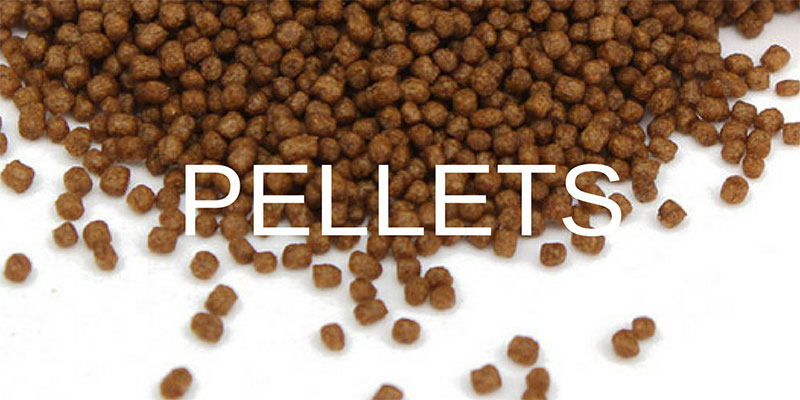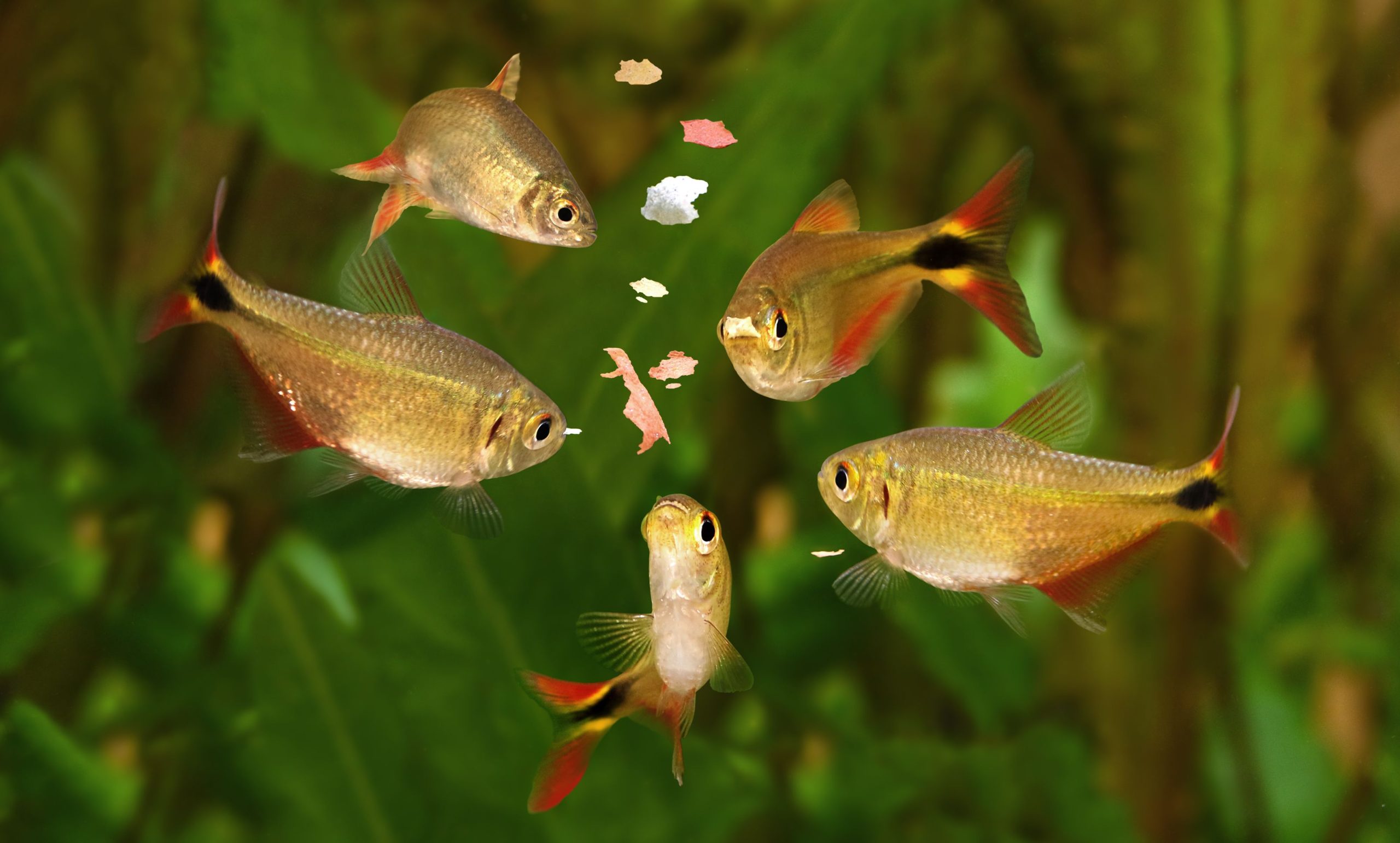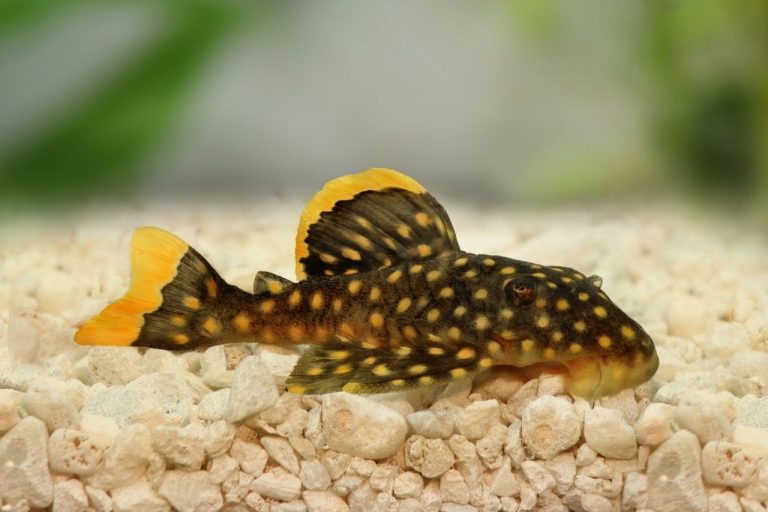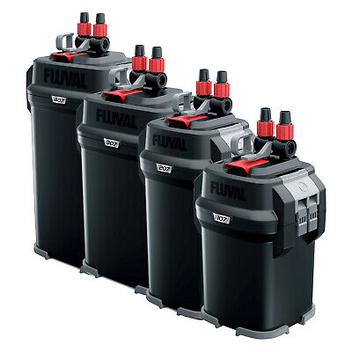Fish Flakes Vs Pellets: Which One is Best for Your Fish?
Pellets are more nutritious and convenient compared to fish flakes. Pellets provide proper nutrition and reduce the likelihood of overfeeding.
Fish flakes and pellets are the primary types of fish food. While both serve the same purpose of feeding fish, there is a distinct difference between the two. Fish pellets are made of compressed fishmeal and are more nutritious and convenient compared to fish flakes.
Pellets provide proper nutrition and reduce the likelihood of overfeeding, preventing the water from being polluted. On the other hand, fish flakes can be an excellent option for certain fish species, as they float on the water’s surface and simulate eating on the surface. Regardless of which type of food you prefer, always read the labels carefully to ensure it contains all the necessary nutrients for your fish’s well-being.

Credit: bettafish.org
Nutritional Differences Between Fish Flakes And Pellets
Fish flakes and pellets are both popular choices for feeding fish. They are readily available and easy to use. However, there are some nutritional differences between the two that are important to understand to ensure that you are providing your fish with the best possible diet.
In this blog post, we will examine the nutritional differences between fish flakes and pellets and how they affect fish health.
What Are Fish Flakes And Pellets?
Fish flakes are small, thin pieces of food that float on the surface of the water. They are made by milling various types of fish into a powder and then pressing the powder into flakes. Pellets, on the other hand, are small, condensed cylinders of fish food.
They are formed by blending fishmeal and other ingredients into a dough-like mixture, which is then extruded through a machine to create the final shape.
Comparison Of The Nutritional Content Of Fish Flakes And Pellets
Fish flakes and pellets contain similar ingredients, but there are some key differences in nutritional content. Here are some points to consider:
- Protein: Pellets tend to have a higher protein content than flakes. This is because the manufacturing process allows for a higher concentration of protein sources to be included in the mix.
- Fat: Flakes generally contain more fat than pellets. This is because the flakes are made from whole fish that contain a higher amount of oil.
- Vitamins and minerals: Both flakes and pellets are fortified with essential vitamins and minerals. However, the specific types and amounts of vitamins and minerals can vary depending on the brand.
- Fiber: Pellets usually contain more fiber than flakes. This is because the manufacturing process allows for the inclusion of plant-based ingredients, which are a good source of fiber.
Discuss How The Nutritional Content Affects Fish Health
The nutritional content of fish food is essential for maintaining fish health, growth, and development. Here are some key points to consider:
- Protein is essential for muscle growth and repair. Without enough protein, fish may not be able to grow as large or as quickly.
- Fat is important for energy and can also aid in the absorption of certain vitamins. However, too much fat can lead to health problems like fatty liver disease.
- Vitamins and minerals are crucial for overall health and disease prevention. A deficiency in any of these nutrients can have serious consequences for fish.
- Fiber is essential for digestive health and can help prevent constipation and other digestive issues.
The choice between fish flakes and pellets ultimately comes down to personal preference, but it is important to consider the nutritional differences between the two to ensure that your fish are getting a healthy and balanced diet.
Pros And Cons Of Fish Flakes
Fish flakes and pellets are the most popular food choices for fish owners. However, many people wonder which one is better for their aquatic pets. We will discuss the pros and cons of fish flakes, along with scenarios where they are a better option than pellets.
Advantages Of Using Fish Flakes
Fish flakes offer the following advantages:
- Convenience: Fish flakes are easy to use and store. They do not require special storage conditions and can be fed to fish straight from the container.
- Nutrient-rich: Fish flakes are available in different formulations with varying levels of proteins, vitamins, and minerals. It makes it easy for owners to choose the right food based on their fish’s nutritional requirements.
- Cost-effective: Fish flakes are usually cheaper than pellets, making them an ideal option for fish owners on a budget.
- Suitable for small fish: Fish flakes are small and easy to swallow, making them suitable for small fish breeds.
- Reduce waste: Fish flakes are less likely to break apart and create food waste in the water than pellets.
Disadvantages Of Using Fish Flakes
Fish flakes have some limitations:
- Dependency on water: Fish flakes can quickly disintegrate and create waste in the water, which can be harmful to fish if not cleaned. This can lead to water pollution and other health problems for fish.
- Short shelf life: Fish flakes have a shorter shelf life than pellets and can quickly lose their nutritional value over time.
- Limited food diversity: Fish flakes do not offer the same variety in terms of shapes and sizes as pellets. This can be restrictive for fish owners and limit dietary variety for their pets.
- Overfeeding issues: Due to fish flakes’ size and ease of use, fish owners may unknowingly overfeed their fish, leading to potential health issues.
To summarize, fish flakes offer many benefits, including convenience, cost-effectiveness, and nutrient variety. However, they do have limitations such as limited food diversity and short shelf life. It’s essential to carefully consider these pros and cons when choosing fish food.
Fish flakes are best suited for small fish breeds and owners looking for a cost-effective feeding option with a relatively straightforward feeding process. The benefits of fish flakes outweigh the disadvantages, making them an excellent option for budget-conscious fish owners.
Pros And Cons Of Fish Pellets
Fish flakes and pellets are the most popular types of fish food available in the market. Both have their advantages and disadvantages. In this section, we will specifically discuss the pros and cons of fish pellets.
Advantages Of Using Fish Pellets
Fish pellets are a convenient and easy way to feed our aquatic pets. Here are some of the advantages of using fish pellets:
- Variety: Fish pellets are available in different sizes and shapes, making it easier to cater to different types of fish.
- Nutritious: Manufacturers add all necessary nutrients in pellets, which make them a complete and balanced diet that meets all the fish’s nutritional requirements.
- Less wastage: Pellets release less food waste into the water compared to flakes, which makes the aquarium cleaning process much comfortable.
- Long shelf life: Pellets have a longer shelf life compared to other fish foods, which makes it easier to store and save for a more extended period.
- Easy to measure: With pellets, it’s easier to determine the exact amount of food to give, ensuring that the fish get the proper nutrition without leaving wastage.
Disadvantages Of Using Fish Pellets
Although there are several benefits to using fish pellets, there are also some disadvantages to keep in mind:
- Expensive: Fish pellets are generally more costly than fish flakes and other types of fish food.
- Limited ingredients: Flakes and other fish foods, in general, consist of a larger variety of ingredients. On the other hand, pellets contain limited ingredients, which can become monotonous to fish.
- Health issues: Overfeeding with pellets can lead to digestive problems and other health issues. Therefore, it’s important to measure the food quantity and frequency to ensure the fish get a balanced diet.
- Slow consumption: Some fish may not like hard pellets and take longer to consume them, this can lead to overfeeding and health issues.
- Smaller fish: Pellets may be too large for smaller fish making consuming the pellets difficult for smaller mouths.
Fish pellets are best suited for large fish as it provides all the necessary nutrients in a convenient package. Using fish pellets ensures that fish receive a balanced, nutritious diet, and it takes longer for the pellets to dissolve, reducing food waste.
Pellets are preferred, especially when going away for longer periods or when on vacation. However, it’s essential to keep in mind the frequency and quantity of the pellets given to prevent digestive and health problems in fish.
Factors To Consider In Choosing The Right Fish Food
Fish Flakes Vs Pellets
Looking for the appropriate fish food can be overwhelming. With the many varieties of commercial feed available in the market, choosing the right one can be challenging, especially for beginners. Among the popular options are fish flakes and pellets. So, what should you consider when deciding which to go for?
Here are the factors to ponder over:
Fish Species
Different types of fish have unique feeding habits. Understanding the specifics of your fish species is essential in selecting the best food type. For instance:
- Bottom-dwelling fish require sinking pellets
- Surface-feeding fish eat floating flakes
- Herbivorous fish are best fed with vegetable-based flakes or pellets
- Carnivorous fish need high-protein pellet or flakes
Tank Conditions
The environment of your aquarium influences the type of fish feed your pets need. Some of the critical elements to consider include:
- Water temperature where tropical fish require a heated tank and regular fish are adaptable to room temperature
- Water hardness, where hardness affects the digestibility of fish food
- Age of fish, where young fish need smaller feed and vice versa
Size Of The Fish
Fish feed size matters. The right size for your pets depends on their mouth size as well as appetite. While larger fish can accommodate larger feed, small fish require tiny food to prevent choking hazards.
Nutritional Requirements
Just like humans, fish also require a balanced diet for good health and growth. Consider the following when choosing between fish flakes and pellets in terms of nutrition:
- Proteins, where fish flakes have lower protein content compared to pellets
- Carbohydrates, where flakes have higher carb content than pellets
- Fats, where pellets have more fat content than flakes.
Cost And Convenience
Your budget and time investment are final factors to consider. Carefully assess the cost difference between fish flakes and pellets and the ease of the feeding process. Typically, pellets are more expensive and take longer to serve than flakes.
Overall, selecting between fish flakes and pellets depends on the specific needs of your fish. Keep in mind the fish species, tank conditions, fish size, nutritional requirements, cost, and convenience when deciding. Happy feeding!
Best Practices For The Use Of Fish Flakes And Pellets
Fish flakes and pellets are the two most popular food forms for aquarium fish. But what is the best way to use fish flakes and pellets? In this section, we’ll discuss the best practices for the use of fish flakes and pellets, covering topics like proper feeding technique, how much to feed, proper food storage, frequency of feeding, and tips for preventing overfeeding.
Proper Feeding Technique
Proper feeding technique is crucial when using fish flakes and pellets. Here’s what you need to do:
- Sprinkle a small amount of food on the surface of the water.
- Wait for your fish to eat it before adding more.
- Remove any uneaten food to prevent it from contaminating the water.
- Feed your fish at the same time every day to help them develop a routine.
How Much To Feed
Overfeeding can be harmful to fish, so it’s essential to get the amount right. Here are some guidelines to follow:
- Feed your fish a small amount of food twice a day.
- Only feed them as much as they can eat in two minutes.
- If there is uneaten food, reduce the amount you feed them next time.
Proper Food Storage
Proper food storage is crucial to maintain the quality of fish flakes and pellets. Here’s what you need to do:
- Store food in a cool and dry place.
- Keep it away from direct sunlight.
- Seal the container tightly after using it.
- Make sure the food is not expired before feeding.
Frequency Of Feeding
The frequency of feeding depends on the type of fish and their dietary needs. Here are some general guidelines:
- Feed herbivorous fish twice a day.
- Feed carnivorous fish once a day.
- Feed omnivorous fish twice a day with a mix of both vegetable and meat-based foods.
Tips For Preventing Overfeeding
Overfeeding can lead to health issues and water contamination in a fish tank. Here are some tips for preventing overfeeding:
- Use an automatic fish feeder that dispenses food in small quantities.
- Monitor your fish’s behavior and only feed them what they can eat.
- Train your fish to come to a specific spot at feeding time, so you can better determine the right amount of food.
Following these best practices for the use of fish flakes and pellets will lead to happier and healthier fish. Remember to adjust your feeding habits to your fish’s specific needs and keep an eye out for signs of overfeeding.
Frequently Asked Questions Of Fish Flakes Vs Pellets
What Is The Difference Between Fish Flakes And Pellets?
Fish flakes are thin and light while pellets are compact and heavy. Flakes float and pellets sink.
Which Is Better: Fish Flakes Or Pellets?
Both are great choices, but it depends on the species of fish you have. Some prefer flakes, while some prefer pellets.
How Much Should I Feed My Fish With Flakes Or Pellets?
Feed your fish twice a day and only what they can consume in 2-3 minutes. Overfeeding can lead to health problems.
Can I Mix Fish Flakes And Pellets?
Yes, you can mix flakes and pellets. It provides variety in their diet and a chance to try different sizes and textures.
Conclusion
Overall, there are pros and cons to both fish flakes and pellets. Flakes are more affordable and are useful for smaller, surface-dwelling fish while pellets offer a more complete nutrient profile and are better for larger, bottom-dwelling fish. When choosing between the two, careful consideration must be taken for your specific fish species and their dietary needs.
It’s important to choose high-quality options that are free of fillers, artificial colors, and preservatives. Additionally, overfeeding fish can lead to health issues and poor water quality, so portion control is essential. Whether you choose flakes or pellets, varying your fish’s diet with frozen or live foods can help provide a balanced diet.
Ultimately, the key to healthy and happy fish is a balanced diet, clean water, and a thriving environment.






